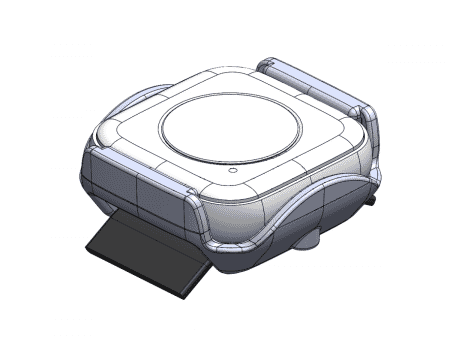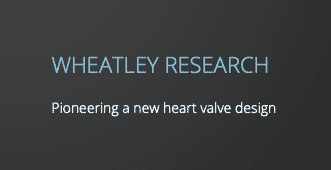I want my prototype in ABS, like the production part. What can you do?
ABS prototype parts can be produced by injection moulding, CNC machining or FDM (additively). Each has its own advantages and disadvantages. Ultimately, the aim is a functional, desirable and cost effective part.
A cost effective, strong material that produces a good surface finish
When designing a plastic part, material choice is critical. If you are looking for a cost effective, strong material that produces a good surface finish then ABS may be the one for you.
Prototype parts can be produced in a number of ways, however the best prototype is one that mimics the final part most accurately. Size and shape are the immediate criteria, but the benefit of using the actual material, such as ABS, also allows the feel and functional parameters to be tested along with the added attributes of colour and texture.
A versatile material which can be injected, machined or 3D printed
ABS is a versatile material and can be injected, machined and even 3D printed to produce parts in quantities for prototyping, all the way through to mass production. Ultimately, the aim is a functional, desirable and cost effective part. The best method of manufacture will depend on your requirements – here we run through the options.
- Injection moulding an ABS prototype is usually saved for mass production volumes although it can become cost effective from as little as 100 parts. It is not considered to be a prototyping method due to the initial expense and lead time required to produce tooling. However if production of your part is going to increase to 100’s or 1000’s off, you will need to design your prototype parts knowing that injection moulding is likely to be the method of manufacture in the future.
- CNC machining an ABS prototype can produce high quality prototypes, so much so that this is regularly used as the final process for actual finished parts. Material properties are excellent and you have the ability to add texture and colour to the parts, meaning that you’ll have a part that looks, feels and works like the final production part. If ABS is definitely the material you require, then CNC machining is a common method of choice. Thick wall sections and large part size are not a problem or an expense to produce through this method. Internal geometry or features are also not impossible, but it may mean that the part would be joined (from 2 or more pieces) but if finished and painted, then the joins often cannot be seen. Leadtime is around 10-12 days depending on the quantities and finish you require.
- 3D printing an ABS prototype through FDM provides a quick turn around for parts, however this is at the expense of the finish, where a rough or rather ribbed surface would be expected. However, if time is of the essence, this could be a way forward, resulting in a fully functional ABS part. Colours are possible straight from the build along with a multitude of variants to tweak the material properties to give exactly the requirements you need, eg PC-ABS, FR-ABS etc. Additionally, this process has the ability to create complex internal geometry, so may be the solution for a production process for those 'hard to make parts'. As mentioned above, lead times are short, typically 5 to 10 days.
So should I mould, machine or 3D print?
To summarise,
- If you require large quantities of ABS parts with a low part cost, then design for injection moulding.
- If you need a high cosmetic ABS prototype, then CNC machining (with options for adding texture and colour) is the optimal process.
- If you are looking for an immediate ABS part/prototype, or need a fully functional but difficult to manufacture part – FDM might just be the process you need.
Still scratching your head? Is your requirement somewhat out of the ordinary? Pick up the phone and we can advise the best solution for you!



























